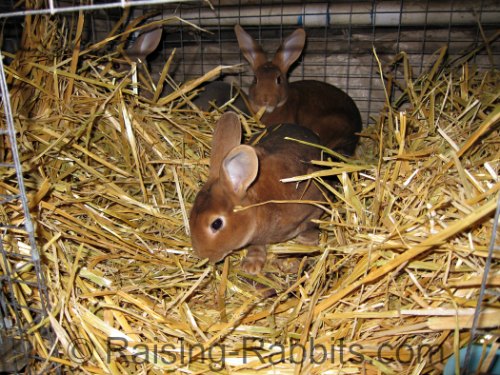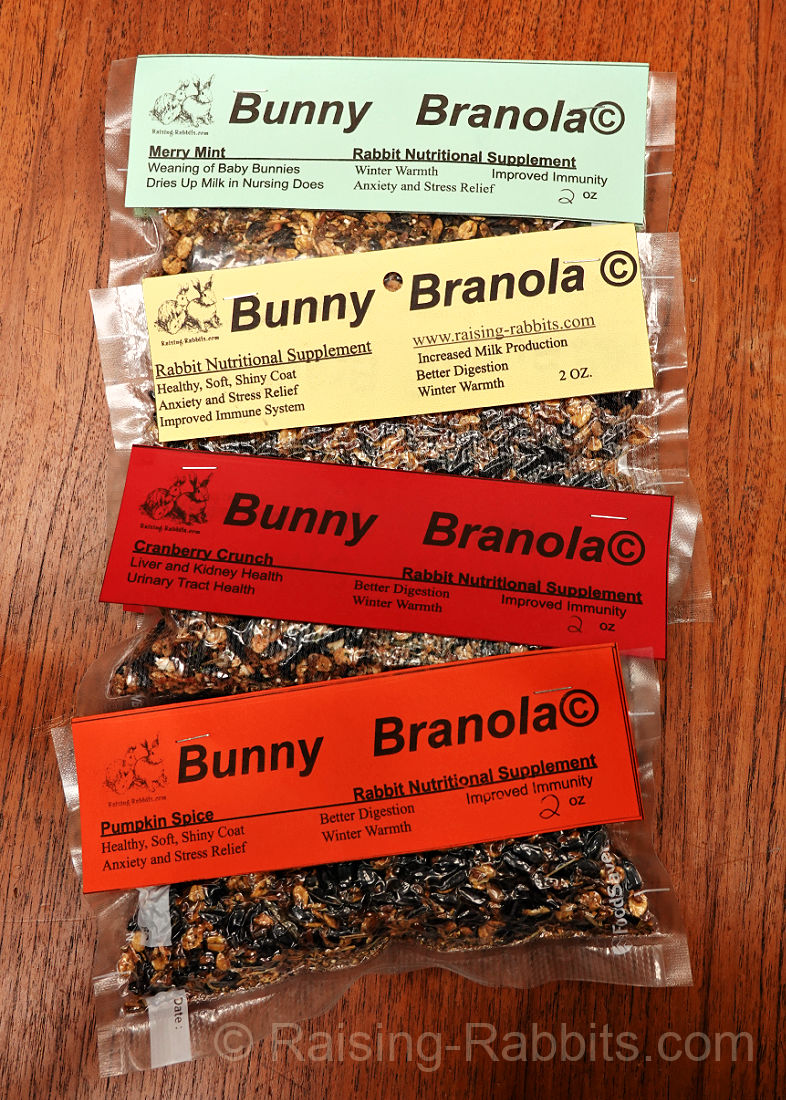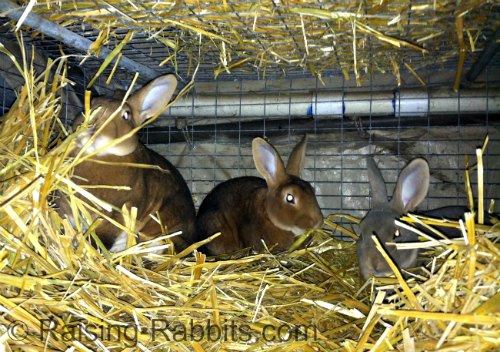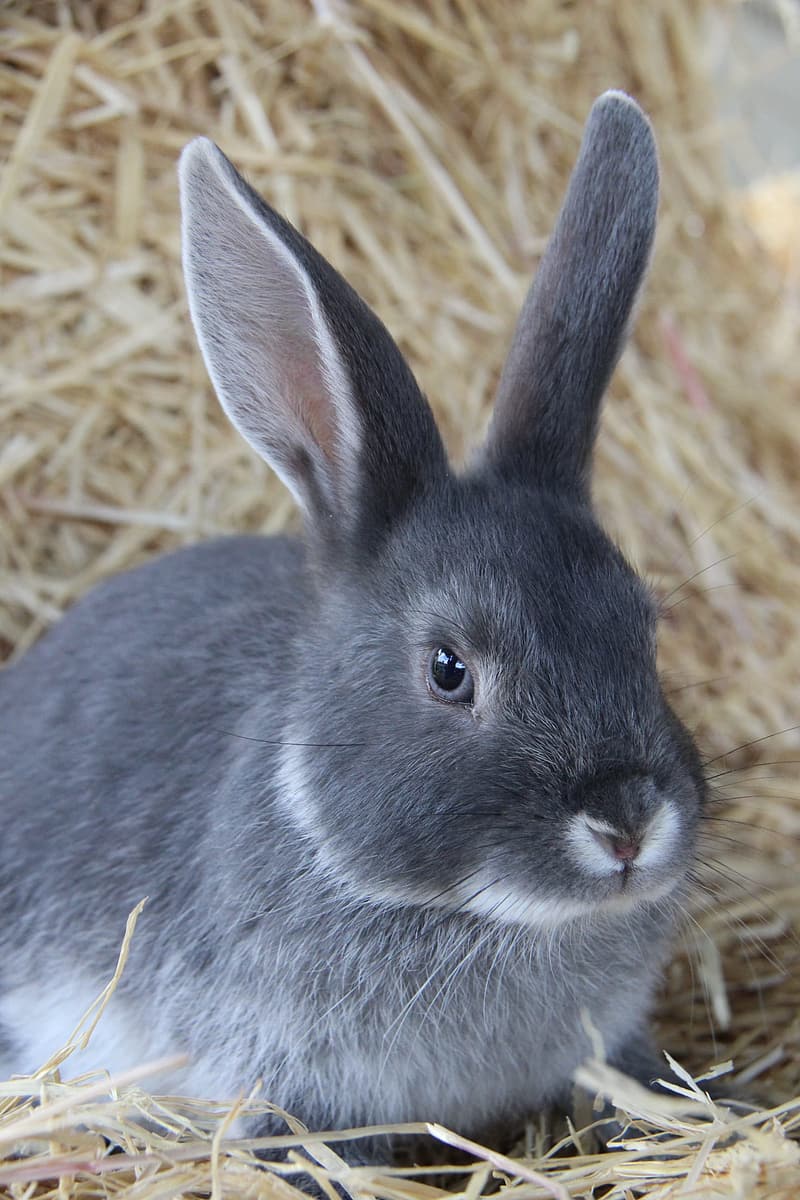Outdoor Rabbits In The Winter
Outdoor Rabbits In The Winter: Can rabbits handle cold weather? Yes, very well, down to some very cold temperatures. Here are ways to keep rabbits fed, warm, and safe in almost all cold situations.
Feeding Outdoor Rabbits in the Winter
Look around you at the wintery landscape! Grasses are brown, leaves have dropped, and life seems to have receded into a mere shell of itself. And in fact, everything may be covered in a blanket of snow. What is a rabbit in the great outdoors to eat??
Winter Food for Wild Rabbits:
Rabbits do not hibernate, and instead (in the wild), must find more food during the winter in order to stay alive. They will forage on whatever they can find, which might include dry, nutrient-poor grasses, the bark of trees which is at least something, or, horrifying as it sounds, possibly the dead frozen carcasses of animals. Rabbits are most definitely herbivores, but they are known to scavenge dead bodies in dire circumstances.
Winter Food for Your Domestic Rabbits:
Your domestic rabbits certainly have it much easier because you are there to drop feed into their food dishes.
But, did you realize that the quality of those rabbit feed pellets may be nothing like those same pellets that you purchased in the springtime? This is because the raw ingredients available to manufacturers in the winter rarely contain the same vibrant nutrition that they contain in springtime. And your rabbits' condition will let you know it.
This is why it is good to keep an eye on your rabbits and expect in the wintertime to offer your rabbits additional sources of protein and possibly a bit more fats in the feed than your rabbits typically eat.
Extra fat and protein sources:
- Alfalfa hay
- Whole oats
- Black oil sunflower seeds
- Bunny Branola helps boost body temperature in winter by supplying extra protein and fats.
Additionally, make sure your rabbits are getting enough nutrition. You can do this by supplementing your rabbits' regular nutrition with Bunny Branola, or even switch feeds for a few months. It is possible that adding new feed or a feed supplement will completely solve the temporary nutritional shortfall in your rabbits' diet.
To read more about rabbit nutrition, check out pages 103 - 128 of The Rabbit Raising Problem Solver. Alternatively, see our e-book, Feeding Your Rabbits.
Keeping Rabbits Warm in Winter
Food and nutrition are not the only things rabbits need to stay comfortable during the winter. Wintertime cage insulation is another important consideration in the coldest climates.
Should temperatures threaten to drop much below zero degrees Fahrenheit (-18 C), your caged rabbits may need extra insulation or heat, either in their cages or surrounding their environment.
Here are some ideas for keeping outdoor rabbits warm in the wintertime; you can use one or all of them depending on your area and the ambient temperatures.
1) During a bitter cold snap, use a waterproof tarp to cover hutches that are free-standing in the back yard. Free-standing hutches are perfectly fine, but the extra insulation ensures the cage stays dry, and also helps to eliminate heat-draining drafts.
2) Some breeders choose to move rabbits into an enclosed shed or barn, and then they heat the space to above freezing, say, 35 degrees F (+1 or +2 C). This solution also solves the problem of waterers turning into a chunk of ice. See below.
3) Increase the weather protection by adding quantities of extra straw to your rabbit’s hutch in order to provide them with extra insulation. Straw is cheaper than hay, and provides greater insulation from very cold temperatures. Your rabbits will nibble some, lounge on some, and burrow into the middle of a thick layer of straw. They will love it!
Watering Outdoor Rabbits in the Winter
Keeping Water Liquid in Sub-Zero Weather
It's hard to drink from a block of ice.
Just as it is for humans, water is important to a rabbit's health. Watering your rabbits takes extra effort in the winter, in order to prevent the water from freezing. Here are the easiest solutions for keeping water liquid as the freeze sets in:
- Change out the waterers and replace them with straight-sided crocks. Heavy ceramic ones that sit on the cage wire are great. Ice can be knocked out of straight-sided crocks so much more easily than with lipped or rounded crocks. Plus the weight keeps the crocks right side up and makes it difficult for the rabbits to tip them over.
In contrast to crocks, water bottles and valves freeze in minutes and so are virtually useless in winter. Crocks that can be fastened to the cage wire must be un-fastened 2-3 times a day, or every time the ice needs to be knocked out. This will become annoying if one has more than just a few outdoor rabbits in the winter. - After knocking out any ice, refill the crocks twice a day with very warm water. Starting with warm water means the water stays liquid for longer. If you can refill them three times a day, all the better.
- Alternatively, some rabbit owners invest in electrically heated water bottles or bases to place under the water bowl to keep it from freezing. (Match the size of the base to the size of the water crock.) See below.
Double-Value Guarantee
Our policy is to always OVER-deliver
on value,
which is why your purchase is fully covered by our
Double-Value
Guarantee.
Go ahead - take any of our e-books for a test drive. Peruse our detailed informational and educational e-books. Examine our plans for building rabbit cages, runs, or metal or PVC hutch frames. Check out the Rabbit Husbandry info e-books.
If you aren't completely satisfied that your e-book purchase is worth at least double, triple or even quadruple the price you paid, just drop us a note within 45 days, and we'll refund you the entire cost. That's our Double-Value Guarantee.
Note: When you purchase your
e-books, they will be in PDF format, so you can download them to any device that
supports PDF format. We advise making a back-up copy to a drive or cloud
account. If the books are lost, you can also purchase another copy from Raising-Rabbits.














New! Comments
Have your say about what you just read! Leave me a comment in the box below.